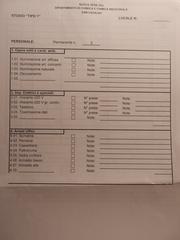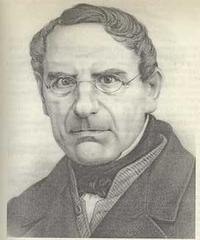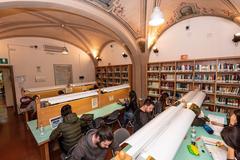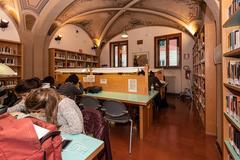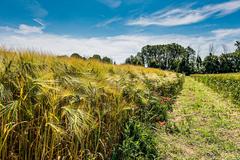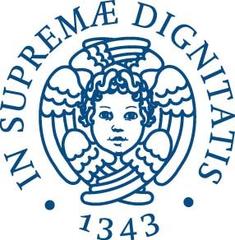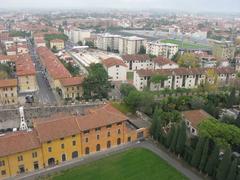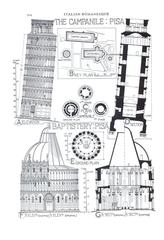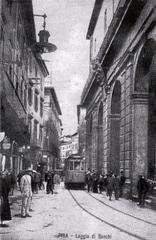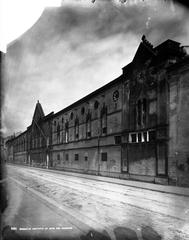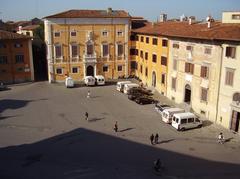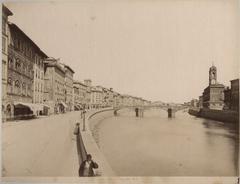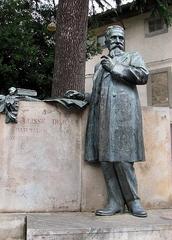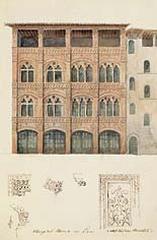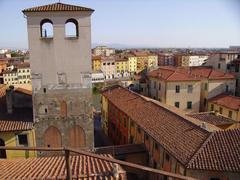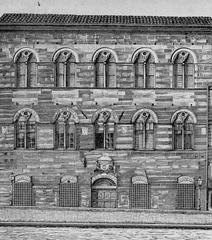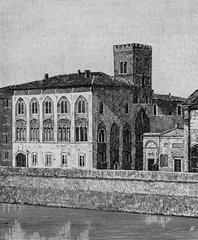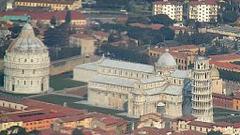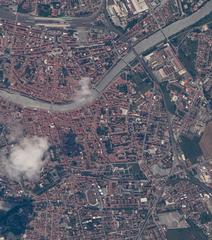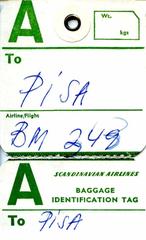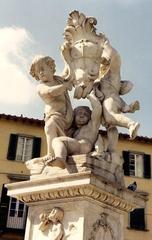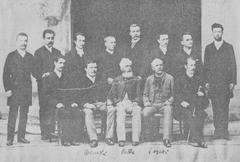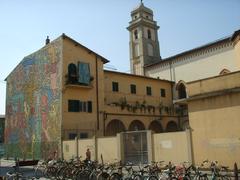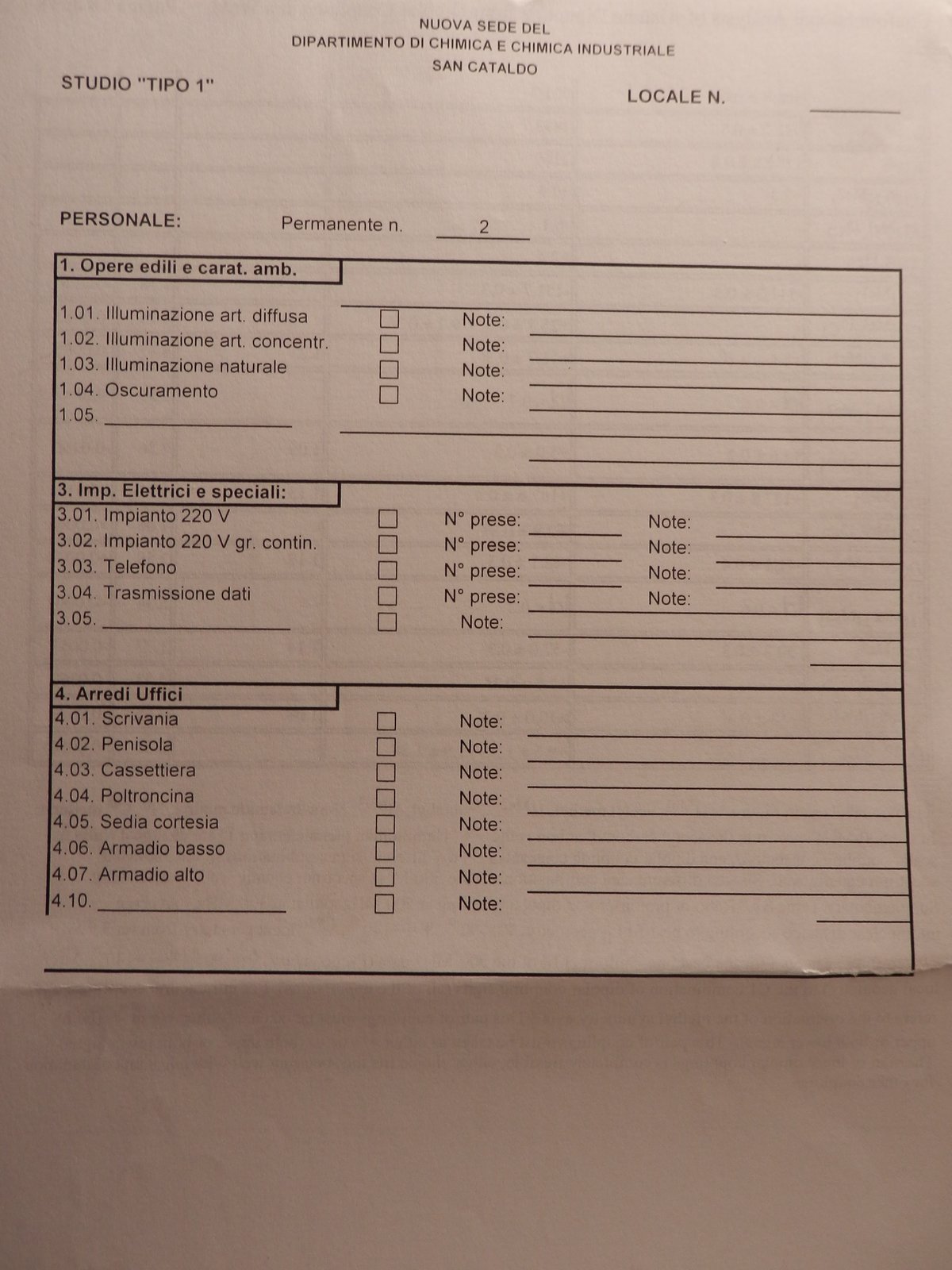
University of Pisa Visiting Hours, Tickets, and Historical Sites Guide
Date: 14/06/2025
Introduction
Nestled in the heart of Tuscany, the University of Pisa stands as a beacon of academic excellence and cultural heritage. Founded officially in 1343 by Pope Clement VI, its roots trace back to the 11th century, making it one of Italy’s oldest and most prestigious universities. The historic campus is interwoven with Pisa’s iconic medieval and Renaissance landmarks, offering visitors a unique blend of intellectual heritage and architectural beauty.
Galileo Galilei, one of the world’s most influential scientists, studied and taught here. The university’s alumni also include Nobel laureates like Enrico Fermi and Carlo Rubbia. Architectural highlights such as the Palazzo della Sapienza and the Palazzo della Carovana in Piazza dei Cavalieri reflect the Renaissance revival under Medici patronage and underscore the university’s enduring influence on European intellectual life.
This guide provides essential information for planning your visit, including historical background, visiting hours, ticket details, accessibility, guided tours, and suggestions for exploring nearby attractions like the Leaning Tower of Pisa. Whether strolling through the Orto Botanico di Pisa—the oldest university botanical garden in Europe—or attending public lectures, visitors will discover a vibrant academic atmosphere blended with the city’s historic charm.
For the latest information, always consult the official University of Pisa website and credible travel resources (University of Pisa History; Uniplus Global; Nomadic Matt).
Table of Contents
- Medieval Origins and Official Foundation
- Renaissance Revival and the Medici Influence
- Scientific Flourishing and Galileo Galilei
- 19th and Early 20th Century: Expansion and Modernization
- Academic Structure and Research Excellence
- Notable Alumni and Cultural Impact
- Visiting the University of Pisa: Practical Information
- Safety and Etiquette
- Day Trips and Further Exploration
- Frequently Asked Questions (FAQ)
- Contact Information and Additional Resources
- Conclusion and Call to Action
1. Medieval Origins and Official Foundation
The University of Pisa was officially established in 1343 via a papal bull from Pope Clement VI, though teaching in Pisa dates back to the 11th century (University of Pisa History). This early recognition enabled Pisa to grant degrees recognized throughout Europe, placing it among the continent’s earliest centers of higher learning.
2. Renaissance Revival and the Medici Influence
After a period of decline following Florentine conquest in the early 15th century, the university experienced a renaissance under the Medici family. Lorenzo de’ Medici’s patronage led to the construction of the Palazzo della Sapienza in 1486, still recognized today by the cherub above the Gate of Abundance (University of Pisa History).
3. Scientific Flourishing and Galileo Galilei
Galileo Galilei, the famed scientist, both studied and taught at Pisa in the late 16th century. His pioneering work in physics and astronomy, including his legendary experiments from the Leaning Tower, solidified the university’s place in scientific history (Uniplus Global).
4. 19th and Early 20th Century: Expansion and Modernization
In the wake of Italian unification, Pisa attracted renowned scholars and established new faculties, including the first European institute of Historical Linguistics in 1890. The university also played an important role in Italy’s political and intellectual movements during the 20th century (University of Pisa History).
After World War II, the university expanded further, adding faculties such as Economics, Political Science, and Engineering, and founding the Scuola Superiore Sant’Anna in 1967 (University of Pisa History).
5. Academic Structure and Research Excellence
The University of Pisa today consists of 20 departments and numerous research centers, with expertise ranging from agriculture to veterinary medicine. It has published over 113,000 scientific papers and is consistently ranked among the world’s top 400 universities (Uniplus Global; EduRank).
6. Notable Alumni and Cultural Impact
Noteworthy alumni include Galileo Galilei, Nobel laureates Enrico Fermi and Carlo Rubbia, poet Giosuè Carducci, and former Italian President Carlo Azeglio Ciampi. The university’s influence spans science, the arts, politics, and the humanities (Uniplus Global).
7. Visiting the University of Pisa: Practical Information
Visiting Hours and Tickets
-
Orto Botanico di Pisa (Botanical Garden):
- Open daily: 9:00 AM–7:00 PM (April–September); 9:00 AM–5:00 PM (October–March)
- Admission: €4 for adults; free entry on the first Sunday of each month
- Tickets: Purchase on-site; for special events or guided tours, check the official University of Pisa website
-
Palazzo della Sapienza: Access during special events or guided tours.
-
University Museums: Hours and fees vary by museum; check the museum website.
Guided Tours and Events
- Occasional guided tours of historic buildings and the botanical garden are available, as well as public lectures and exhibitions.
- Booking in advance is recommended for tours and events.
Accessibility
- Most public areas, including the Orto Botanico, are wheelchair accessible.
- Some historic buildings may have limited access; confirm ahead of your visit.
Photographic Spots and Recommended Itineraries
- Highlights include the Palazzo della Sapienza, the cherub at the Gate of Abundance, and panoramic views from Lungarno Pacinotti.
- The Piazza dei Cavalieri and Leaning Tower are within walking distance.
Nearby Attractions
- Leaning Tower of Pisa
- Pisa Cathedral and Baptistery
- Museo dell’Opera del Duomo
- Santa Maria district with vibrant cafés and libraries (North Abroad Pisa Guide)
Transportation and Tips
- The university is centrally located, a short walk from Pisa Centrale and Pisa San Rossore train stations.
- The historic center is a restricted traffic zone (ZTL); park outside and explore on foot or by bike.
8. Safety and Etiquette
Pisa is generally a safe city. Exercise usual precautions in crowded areas and respect the academic environment, particularly during classes and exams.
9. Day Trips and Further Exploration
Pisa’s central location makes it a convenient base for day trips to Lucca, Livorno, and the villages of Cinque Terre (PlanetWare). The university’s influence extends throughout the region via research collaborations.
10. Frequently Asked Questions (FAQ)
Q: What are the University of Pisa’s visiting hours?
A: The Orto Botanico is open daily (seasonal hours). Other sites have variable access; check the official website for current schedules.
Q: Is there an entrance fee?
A: Orto Botanico: €4 for adults, free on the first Sunday of each month. University museums may charge €2–€5.
Q: Are guided tours available?
A: Yes; book in advance through the university or local tourist offices.
Q: Is the university accessible for visitors with disabilities?
A: Most public areas are accessible; some historic buildings may have limitations—confirm before your visit.
Q: Can I take photos?
A: Permitted outdoors and in the Botanical Garden; restrictions may apply inside museums and during lectures.
11. Contact Information and Additional Resources
- University of Pisa Official Website
- Orto Botanico di Pisa
- Pisa Tourist Information Office
- Nomadic Matt: Pisa Travel Guide
- North Abroad Pisa Guide
12. Conclusion and Call to Action
The University of Pisa is a dynamic testament to Italy’s academic and cultural legacy. Whether you’re a history enthusiast, science lover, or traveler seeking to absorb Pisa’s vibrant atmosphere, the university promises an enriching experience. Be sure to check the official University of Pisa website for the latest visiting hours, ticket details, and event updates.
Plan your visit today! Download the Audiala app for guided audio tours and exclusive content. Follow us on social media for travel inspiration, event updates, and more insights into Pisa’s rich cultural heritage. Embark on your journey through centuries of knowledge and discovery at the University of Pisa.
References
- University of Pisa History (University of Pisa Official Website)
- Uniplus Global
- Nomadic Matt: Pisa Travel Guide
- University of Pisa Official Site
- North Abroad Pisa Guide
- EduRank
- PlanetWare: Pisa Tourist Attractions
- The Travel Folk
- Rough Guides
- Winalist
- Be Lavie
- Italia Mia: City of Pisa
- One Day Itinerary: Pisa
